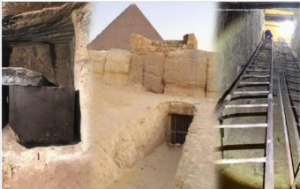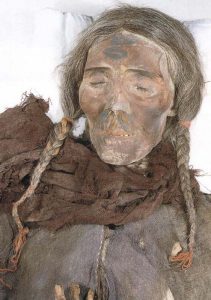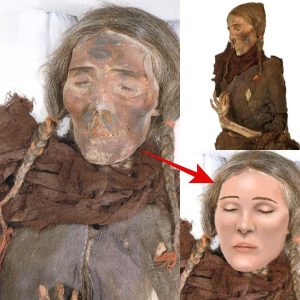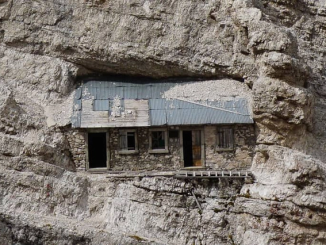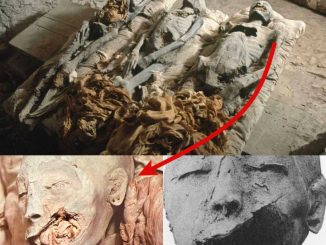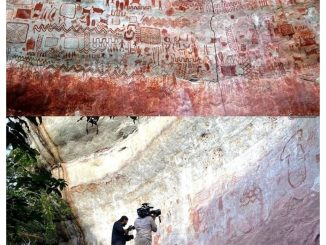
To date, 24 caves have been discovered. All of them were created by human hands. Despite the fact that almost one million cubic meters of stone was removed during the cutting of these grottoes, there is no historical evidence of these works.
Their origin is simply mystic. There is no explanation for their existence. They are one of the greatest man-made caves of antiquity.
The Chinese consider them the Ninth Wonder of the World.
In June 1992, a villager named Wu Anai decided to pump out water from the first cave found here. Seventeen days later, enough water was pumped out to see the cave itself and several carved columns, which confirmed its hypothesis that these caves are not natural reservoirs, but created by man.
The area of the cave cleared from the water was about two thousand meters, and its highest place reached thirty meters. The four columns of this first grotto are arranged symmetrically. Encouraged by this discovery, Wu continued to pump water from four other caves to make sure that they all have the same signs on the walls and ceiling.
A cursory assessment of the brute force required to build these five caves inspires fear. Each of them should have required cutting down of approximately thirty six thousand cubic meters of stone. While in the village of Shiyanbey twenty-four such grottos were found, respectively, it is about nine hundred thousand cubic meters.
The carving on the walls and ceilings of the caves is done in a certain manner, which some consider symbolic. The drawing is similar to pottery from a nearby museum, dating back to 500-800 BC.


